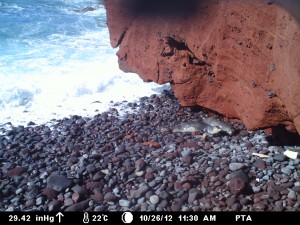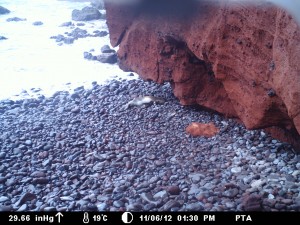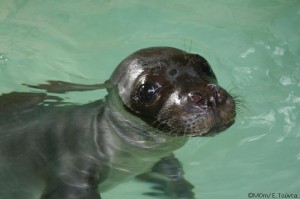WWF Greece, MOm and its Greek and international partners announced the launch of a new protected area management project centred around the uninhabited island of Giaros in the Cyclades islands this week. Although long on PR and short on detail, the press release is keen to stress the perceived benefits of the MPA to neighbouring island development (Syros and Andros in particular), in tourism and fisheries management, by taking a “holistic” approach to conservation and economic opportunity. Giaros, a former military zone and prison island, has since become a Natura 2000 protected area, and is an important Mediterranean monk seal colony. The project, “Cyclades LIFE”, is funded by the European Commission’s LIFE funding mechanism, and by the Prince Albert II of Monaco Foundation.

Further information
WWF Greece. Cyclades LIFE: A ground-breaking initiative for sustainable growth and the conservation of nature in the Cyclades. Press Release, 15 July 2013.
Konstantinos Mentzelopoulos. Our Sea, Our Life. The Monachus Guardian 12 (1): June 2009.



 In a brief announcement on its
In a brief announcement on its